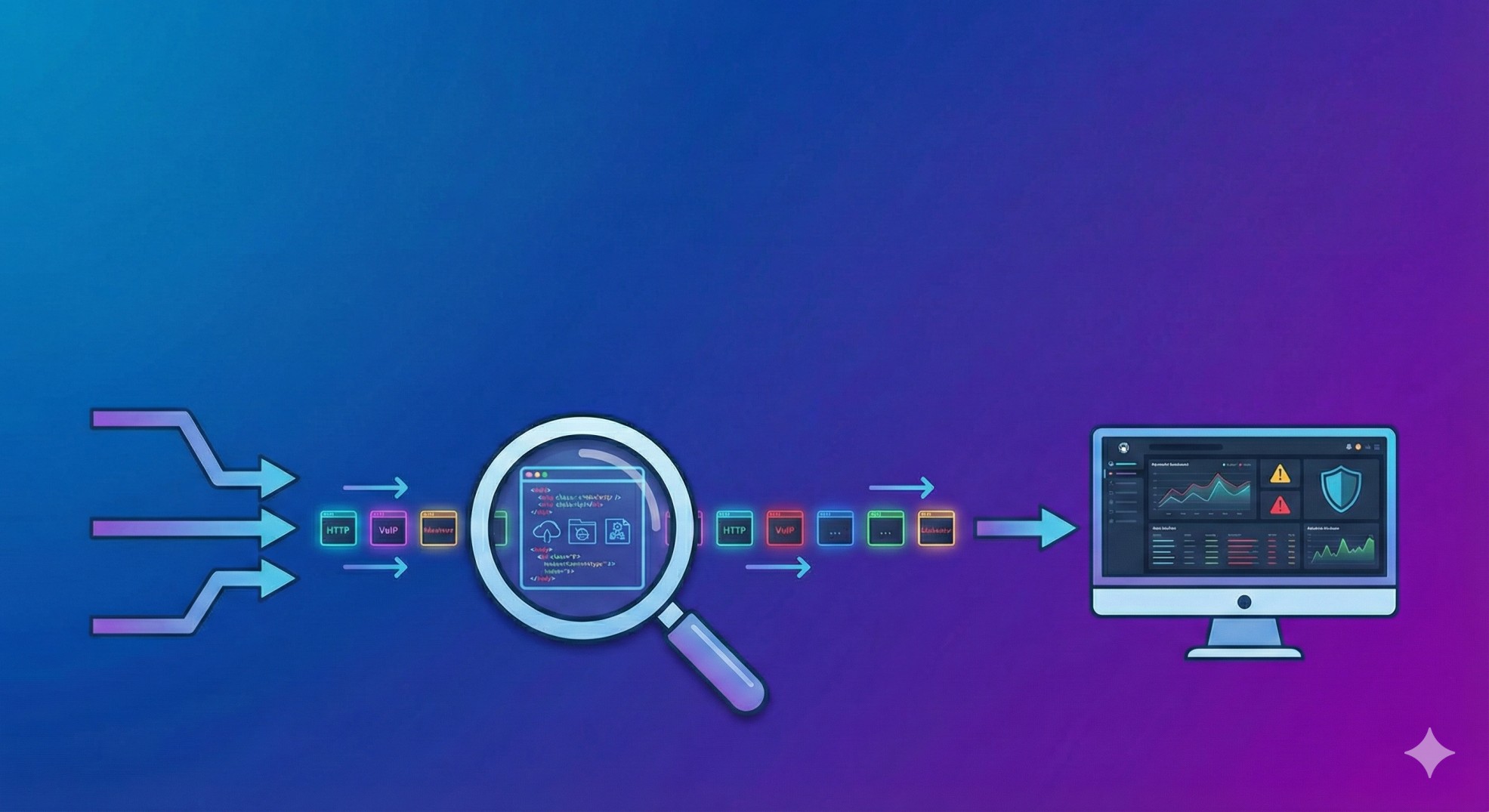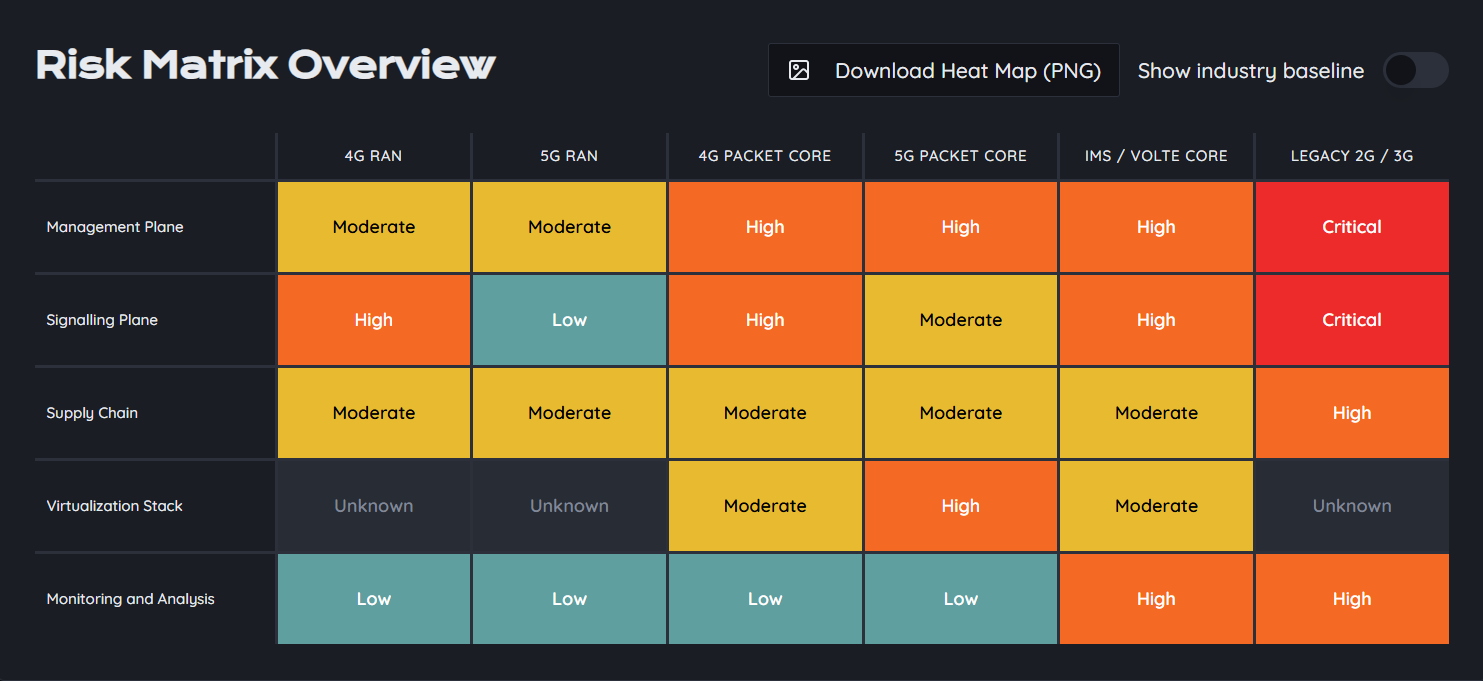Introduction – What Is GTP-U?
If GTP-C is the brains of the GPRS Tunneling Protocol family, GTP-U (GPRS Tunneling Protocol – User Plane) is the brawn. It moves the actual user data — your calls, your cat videos, your encrypted banking sessions — between mobile network elements.
In modern mobile networks (from 2.5G GPRS to LTE and 5G NSA), GTP-U carries subscriber IP packets inside tunnels between the Serving Gateway (SGW), PDN Gateway (PGW), and base stations (eNodeB/gNodeB).
Think of it as a courier who doesn’t care what’s inside the package — just moves it from A to B, fast. Unfortunately, this courier doesn’t always check if the delivery request came from a trusted source.
Why GTP-U Matters in Security
While GTP-C is heavily discussed in control-plane security research, GTP-U often flies under the radar. That’s a mistake.
The GTP-U data plane can be abused to:
- Inject Malicious Traffic – An attacker can send spoofed GTP-U packets directly into the network if ingress filtering is weak.
- Bypass Charging/Policy Enforcement – Since GTP-U carries raw user data, bad actors can tunnel traffic to bypass lawful interception or charging systems.
- Intercept or Modify Traffic – If encryption is not applied between network nodes, GTP-U packets can be sniffed and altered.
- DDoS the User Plane – Flooding GTP-U ports (UDP 2152) can overload gateways and base stations.
The Protocol at a Glance
- Port: UDP 2152
- Encapsulation: Wraps subscriber IP packets in a GTP header + UDP + IP
- Security by Design: None (no authentication, no encryption by default)
- Attack Surface: Any node accepting GTP-U from external or uncontrolled sources
Real-World Threat Scenarios
1. Roaming Interface Abuse
When two operators connect via international roaming links, GTP-U is often trusted implicitly. If one side is compromised, the attacker can send crafted packets into the other’s core.
2. Internet-Exposed GTP-U
Yes, it still happens — GTP-U endpoints exposed to the public internet. A scan + packet injection = instant trouble.
3. UE Impersonation
By guessing or obtaining TEIDs (Tunnel Endpoint Identifiers), an attacker can hijack an active subscriber’s tunnel, inject data, or cause disruption.
4. DNS Reflection Over GTP-U
Using GTP-U as a transport layer for amplification attacks against the core — an elegant way to multiply the damage while hiding the source.
Why It’s Still a Problem in 2025
- Legacy Trust Models – Many LTE/5G NSA deployments inherited trust assumptions from 3G networks.
- Performance vs. Security Trade-offs – Operators often prioritize low latency over adding authentication layers.
- Visibility Gaps – GTP-U traffic is high-volume and harder to inspect without specialized DPI (deep packet inspection) systems.
Defensive Engineering for GTP-U
While GTP-U itself won’t magically become secure, operators can limit exposure by:
- Enforcing strict ingress filtering (only allow GTP-U from known peers).
- Segmenting user-plane interfaces away from the internet.
- Deploying DPI-based anomaly detection to catch malformed or unexpected GTP-U packets.
- Correlating GTP-U sessions with GTP-C control-plane signaling to detect rogue flows.
Final Thoughts
GTP-U is indispensable — it’s how every byte of user data moves across mobile networks. But that same ubiquity makes it a tempting and dangerous target for attackers.
Ignoring GTP-U security is like securing your front door while leaving the back gate wide open — and in mobile networks, the back gate leads directly to the subscriber’s data.
🔐 Looking for the full picture? Explore the Ultimate Guide to Mobile Network Security — your complete resource on telecom security, from architecture to audits.




